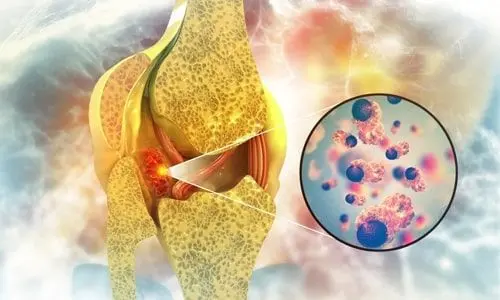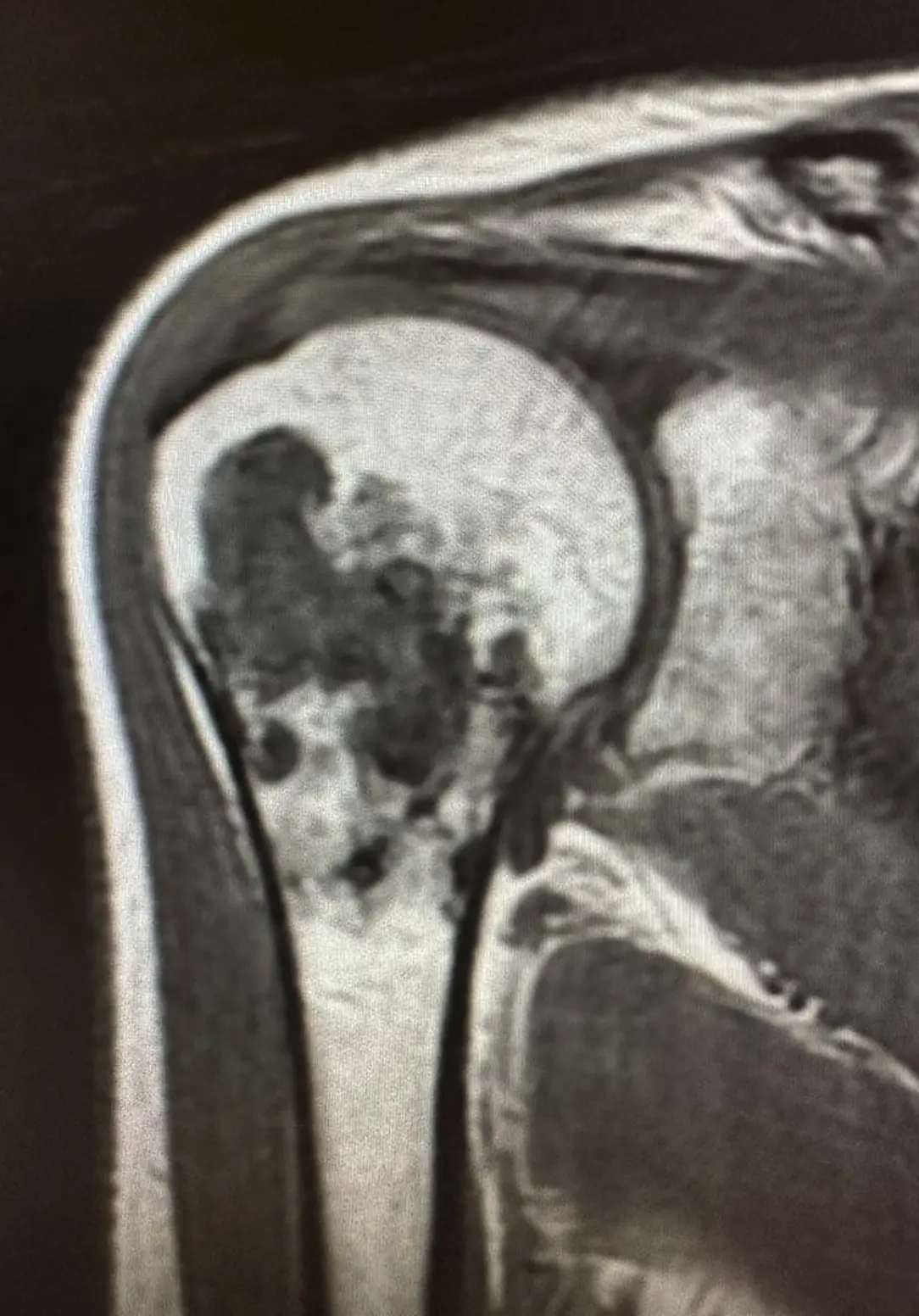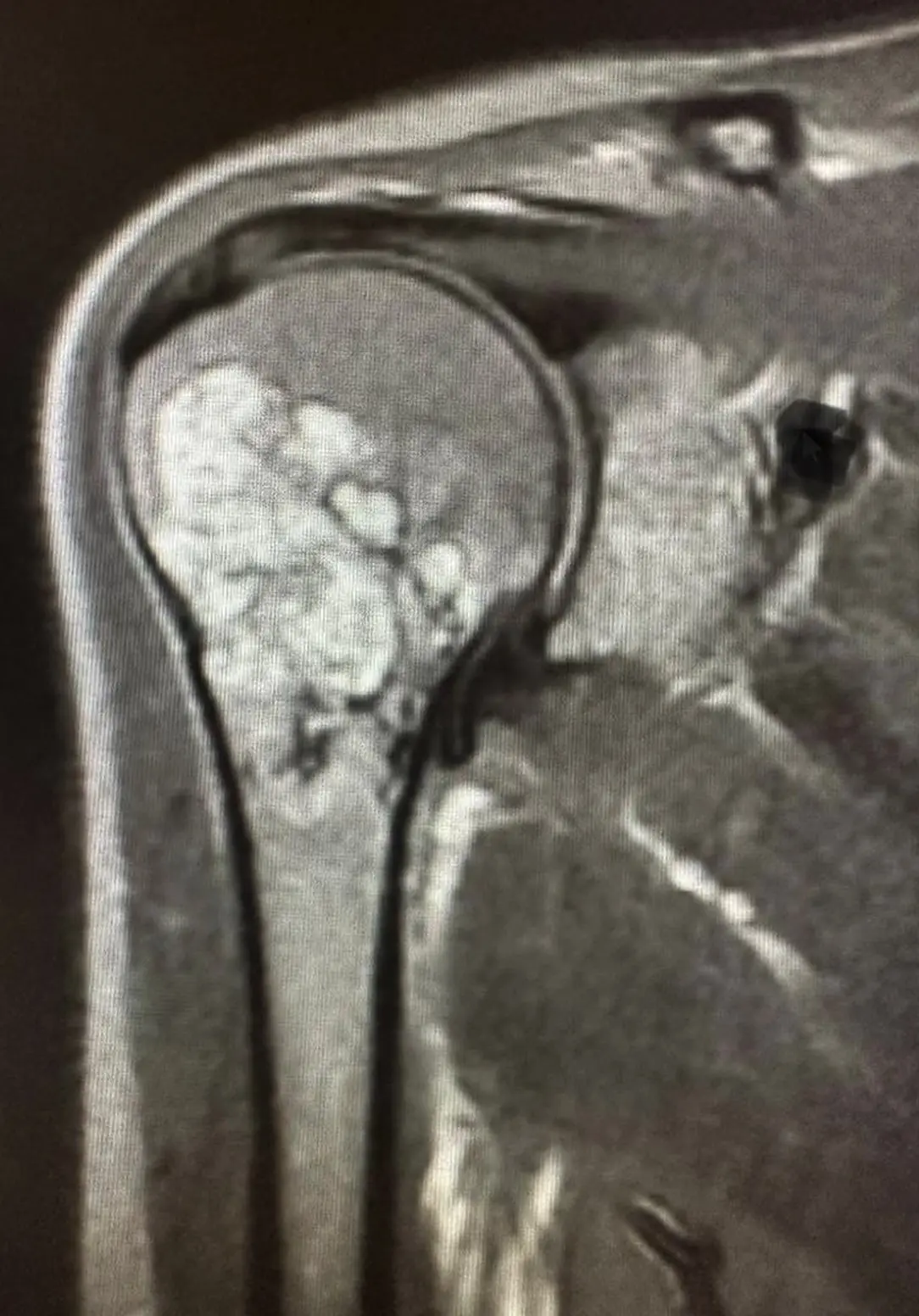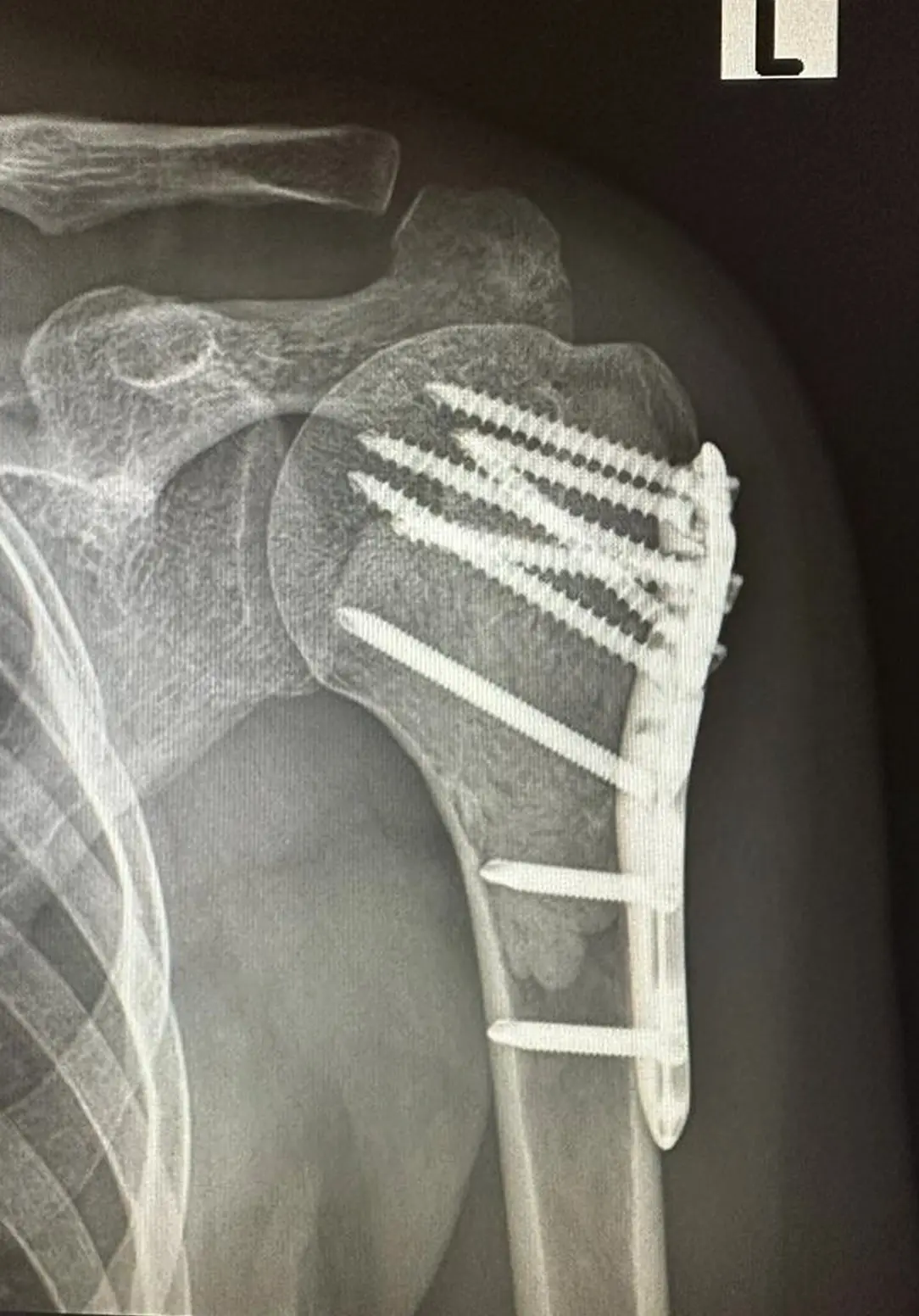
Bone Tumor Treatment Surgery in Turkey
Contents:
- Bone Tumor Surgery
- What are the symptoms of benign bone tumor?
- How is benign tumor in the leg treated?
- What are the symptoms of benign tumor in the leg?
- What is bone cancer pain like?
- Can bone cancer be detected on x-ray?
- Does benign bone tumor cause pain?
- Is bone tumor dangerous?
- Where are bone tumors most common?
- Is there a treatment for bone tumor?
- Where does bone cancer hurt?
- In which blood test is bone cancer detected?
- Where does bone cancer spread?
What is a Bone Tumor?
Tumors are masses that grow uncontrollably in the area where they are located, causing destruction in these areas and thus causing undesirable consequences. Bone tumors, on the other hand, grow uncontrollably within the bone and joint structures and can cause some bad clinical findings in the patient by damaging the area in which they are located. These tumors are reported as neoplastic cells in pathological examination. Neoplasia; They are abnormal masses that grow uncontrollably and unlimitedly inside the host organism, do not show any termination, and cannot be controlled by the host organism. Neoplastic structures located around bones and joints are called bone tumors.
Bone Tumor Types
Bone tumors are classically divided into four types. There are four types of bone tumors: benign bone tumors, malignant bone tumors, metastatic bone tumors, and bone tumor-like lesions.
- Benign bone tumors; They cause damage limited only to the bone in which they are located. They do not spread to distant tissues.
- Malignant bone tumors; Originating from bone tissue, they both cause damage to the bone in which they are located and pose life threats by spreading to other distant tissues.
- Metastatic bone tumors; It is not primarily caused by bone, but occurs when other organ tumors (such as lung, breast, pancreas, prostate cancer) spread to the bone and cause bone destruction.
- Bone tumor-like lesions: In fact, they are not tumoral neoplastic masses, but they can cause local damage and functional losses in the bone similar to benign bone tumors.
What Causes Bone Tumor?
The cause and effect relationship in some tumors has been clearly demonstrated. For example, it is certain that smoking is associated with lung and bladder cancers, hot liquid consumption is associated with esophageal cancer, or BRCA genetic mutation is associated with breast and uterine cancers. Environmental exposures, radiotherapy history or genetic factors have also been blamed for bone tumors. However, the causes of malignant bone tumors have not been revealed clearly like the tumors mentioned above. The relationship between NF gene mutation and osteosarcoma, and the relationship between CSF-1 gene mutation and PVNS tumors has been revealed in bone tumors. It is thought that in the future, more genetic research on this subject will increase and more detailed information will be obtained about the causes.
Bone Tumor Symptoms
The main complaints about bone tumors are pain and palpable swelling. Weight loss, fatigue, and fractures that occur without trauma can also be considered other symptoms. Pain usually occurs due to the weakening of the bone or the swelling pushing and compressing the surrounding tissues. In some patients, the first symptom of a bone tumor that does not cause pain may be a simple fracture (pathological fracture) without any reason. The severity and duration of symptoms such as pain and swelling are also important. If pain, swelling and functional loss occur in a short time, it may be a malignant tumor. If these symptoms occur slowly and over years or are not progressive, benign tumors should be considered. However, sometimes benign tumors can turn into malignant tumors over the years. In such cases, a swelling that has been felt for years grows and becomes painful in a short time.
Bone Tumor Diagnosis
Bone tumors are diagnosed by orthopedics and other specialist doctors (pathology, radiology). The patient consults an orthopedic physician with symptoms such as pain, swelling or fracture in the skeletal system. As a result of the physical examination performed by the orthopedic physician, a preliminary diagnosis of bone tumor is made and imaging tests are requested from the patient. The mass is seen with one of these imaging methods. The last stage of the diagnostic process is pathological examination. The tissue sample taken by the orthopedic surgeon after the biopsy is examined by pathologists and a definitive diagnosis of the tumor is made.
Bone Tumor Treatment
Bone tumor treatment varies depending on the type of tumor. The first step in the treatment of bone tumors is generally biopsy (taking a sample from the tumor). Treatment management is planned according to radiological evaluation and biopsy results. Although the extent of removal varies depending on the nature of the tumor, the main aim is to completely remove the mass from the body. After surgical removal of the tumor, treatment methods such as radiotherapy and/or chemotherapy may be required.
Post-operative reconstruction of the areas where tumors were removed with bone and soft tissues is very important for recovery. After benign bone tumors are removed, the space can be left empty, bone grafts can be placed, or filled with bone cement, depending on the size of the gap. After the removal of malignant bone tumors, the reconstruction of the removed bone or joint is much more complex. Prostheses are generally used for this.
Bone Tumor Surgery
Surgical choice in bone tumor surgery depends entirely on the subtype of the tumor. In benign bone tumors, smaller scale surgeries called marginal excision or curettage surgeries are performed. More radical surgeries are required for malignant bone tumors. In these tumors, it may be necessary to remove the mass along with the surrounding healthy tissue within wide margins and sometimes even make an amputation decision. The masses removed after surgery are evaluated by pathological examination and surgical margins are examined. If tumoral tissue is seen at the surgical margins, additional surgeries may be required.
Hospitalization periods and rehabilitation periods may vary depending on the severity of the operation. For example; a, 1-day hospitalization period is required after the operation for a benign bone tumors. On the other hand this period may take weeks for malignant bone tumors. Rehabilitation times are also much longer for malignant tumors.
What are the symptoms of benign bone tumor?
The symptoms of benign bone tumors are not as pronounced and progressive as those of malignant tumors. Swellings that remain for many years without progressing may be painless or slightly painful. The absence of any findings (asymptomatic mass) is one of the common situations in benign bone tumors. These asymptomatic masses may be diagnosed incidentally during imaging studies performed for another reason. Sometimes, a bone tumor that has been asymptomatic for years can be diagnosed as a result of a fracture (pathological fracture) it causes.
How is benign tumor in the leg treated?
Benign tumors frequently seen in leg (tibia) bones include giant cell bone tumors, non-ossifying fibromas, osteochondromas and simple bone cysts. Benign leg bone tumors, other than tumors such as giant cell bone tumors that progress locally aggressively and very rarely metastasize (lung spread), can be followed without surgery. Surgical treatments are preferred for benign bone tumors that pose a risk of fracture, have a risk of turning into a malignant tumor, or cause pain. The space left after the benign bone tumor is completely removed from the body; Depending on the size of the gap, it can be left as is, bone grafts can be placed or filled with bone cement. Surgeries for benign bone tumors require an average of 1-3 days of hospitalization. In order to ensure rapid recovery during the continuation of the treatment, physical therapy applications should be performed, especially for tumors close to the joint.
What are the symptoms of benign tumor in the leg?
Symptoms of benign leg bone tumors are painful or painless swellings, similar to other benign skeletal tumors. These swellings may remain without growing for many years. While benign leg bone tumors can sometimes remain for many years without causing any symptoms, it is possible that they may cause a fracture or be detected incidentally in radiology examinations.
What is bone cancer pain like?
Some bone cancers (primary malignant bone tumors or metastatic bone tumors) are painful. In bone cancers, severe pain is often observed due to the decrease in the load-bearing capacity of the bone or the tumor pushing on the surrounding tissues. Contrary to popular belief, the onset of pain in bone cancer occurs only when the bone weakens and begins to break, or when the tumor grows and pushes the surrounding tissues.
Can bone cancer be detected on x-ray?
Bone cancers can be seen on roentgenogram examination. Depending on the type of bone cancer, the changes it causes to bone tissue differ. While some tumors thin the bone and cause it to break, some tumors grow thicker over the bone. After x-ray, the presence of a bone tumor is considered, but a definitive diagnosis cannot be made. A definitive diagnosis can be made for patients by performing advanced examinations and imaging and then biopsy.
Does benign bone tumor cause pain?
Pain is not always observed in benign bone tumors. The most important findings in these tumors are swelling that can be felt or seen visually. It may become painful when the tumor progresses and weakens the bone, creates a fracture, or creates pressure by pushing on the surrounding tissues.
Is bone tumor dangerous?
Bone tumors are basically divided into 4 subtypes. Benign bone tumors, malignant bone tumors, metastatic bone tumors, and bone tumor-like lesions constitute these subtypes. Although benign bone tumors and bone tumor-like lesions may cause some uncomfortable symptoms, they are not life-threatening.
Malignant bone tumors and metastatic bone tumors are dangerous because they are life-threatening tumors.
Where are bone tumors most common?
Bone tumors can be found in all bone tissues. The anatomical areas where it is more common are the bones around the knee and the pelvis. Around the knee, they can be seen at the tibia upper end and the femur at the lower end, while in the pelvis, they can be seen at the iliac wing.
Is there a treatment for bone tumor?
Bone tumors are generally treatable diseases. Metastatic bone tumors are considered end-stage cancer disease. For this reason, life expectancy is low in metastatic bone cancers. Complete recovery is possible for other bone tumors. Malignant bone tumors (primary bone cancers) are diseases in which full recovery can be achieved as a result of appropriate surgery and subsequent chemotherapy and or radiotherapy, if diagnosed at an early stage. Benign bone tumors and bone-like lesions should be treated if they cause pain, pose a risk of fracture, or are locally aggressive.
Where does bone cancer hurt?
In order to see the spread of cancer in bone cancers, examinations such as PET CT, whole body MRI and scintigtaphy can be requested to view the status of metastases. Active metastatic tumor foci may be painful. The cause of the pain is the weakening of the bone and the formation of fractures, and the tumors growing and compressing the surrounding tissues.
In which blood test is bone cancer detected?
Bone cancers are diseases that increase acute phase reactants. While positive acute phase reactants such as sedimentation, CRP, and ferritin increase in these patients; Negative acute phase reactants such as albumin decrease. LDH and ALP values may increase due to increased bone formation destruction.
BSAP, OPG, PINP, BSP and ICTP have begun to be used as blood markers in the diagnosis of metastatic bone tumors. Testing NTx protein in urine has also been used in metastatic bone tumor screening in recent years.
Where does bone cancer spread?
Malignant bone tumors (primary bone cancers) can spread throughout the body with the help of the blood and lymph system. The most common tissue that bone tumors spread to is the lung. Apart from this, the brain and liver are other organs where bone cancers frequently metastasize.
T1 MRI image of bone tumor at the upper end of the humerus (arm bone).

T2 MRI image of bone tumor at the upper end of the humerus (arm bone).

Biopsy Needle (Jhamsidi Needle) used to take closed samples in bone biopsies.

X-Ray image of curettage - cementation - plating surgery performed on a patient whose humerus upper end mass-biopsy result was found to be Grade 1 Chondrosarcoma.


